We know that servo motors are found inside machines that rely on precise motion with feedback to verify proper operation, but how do they work, and what makes…
We know that servo motors are found inside machines that rely on precise motion with feedback to verify proper operation, but how do they work, and what makes them different from any other kind of motor?
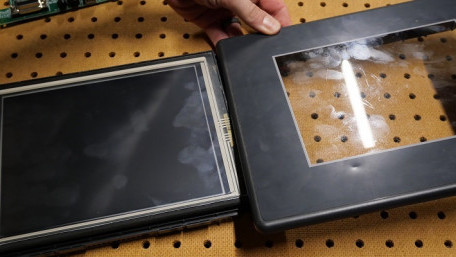
Human-machine interfaces, or HMIs, provide visual process data and allow access to process parameters and diagnostics…
Human-machine interfaces, or HMIs, provide visual process data and allow access to process parameters and diagnostics information. What’s inside these touchscreen displays, and how do they actually work?
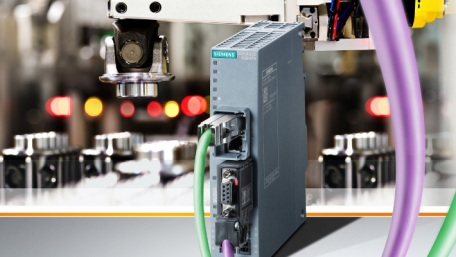
Network routers are designed to route and pass information between a system of connected computers and devices. Learn…
Network routers are designed to route and pass information between a system of connected computers and devices. Learn about the role of routers in industrial applications and how to properly maintain them.
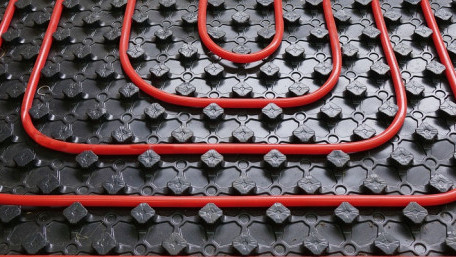
No matter how robust an automated control system might be, physical damage is a reality that plagues all machines. Thanks…
No matter how robust an automated control system might be, physical damage is a reality that plagues all machines. Thanks to new breakthrough materials, some failures may be prevented—or even reversed.
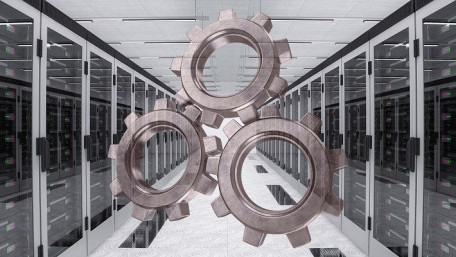
Servers are vital to the flow of information in and around organizations, acting as a hub for information transfer and…
Servers are vital to the flow of information in and around organizations, acting as a hub for information transfer and storage. Learn about the role of servers in industry and the potential challenges that come with maintaining them.
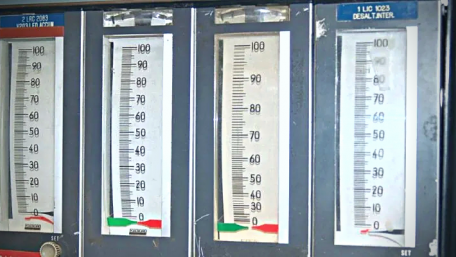
Learn about proportional gain and proportional band, two key proportional control concepts, to better understand the most…
Learn about proportional gain and proportional band, two key proportional control concepts, to better understand the most popular control system method in industrial automation.
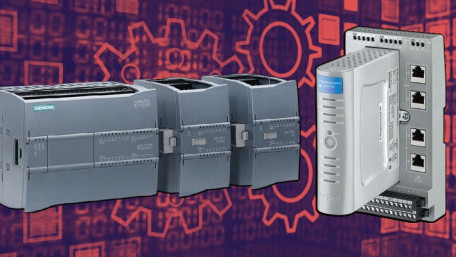
Despite the many overlaps, PLCs and RTUs are two different devices, each with specific suitable applications.
Despite the many overlaps, PLCs and RTUs are two different devices, each with specific suitable applications.
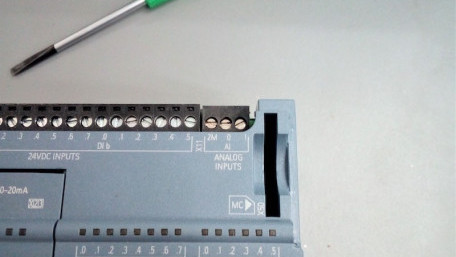
There are three main types of numeric values that must be handled by a PLC: boolean, integers, and floating point. These…
There are three main types of numeric values that must be handled by a PLC: boolean, integers, and floating point. These last floating-point values can create the most confusion for programmers and technicians.
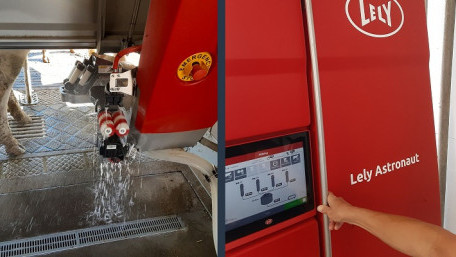
Learn how one small farm in a rural community is upgrading production with advanced technology in several ways to…
Learn how one small farm in a rural community is upgrading production with advanced technology in several ways to overcome staff shortages, product demand, and regulatory compliance.
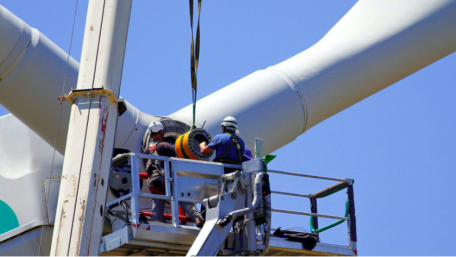
We'll run through the eight basic steps for implementing a predictive maintenance strategy in your business to improve…
We'll run through the eight basic steps for implementing a predictive maintenance strategy in your business to improve critical asset availability, reduced maintenance costs, and enhanced revenues over time.
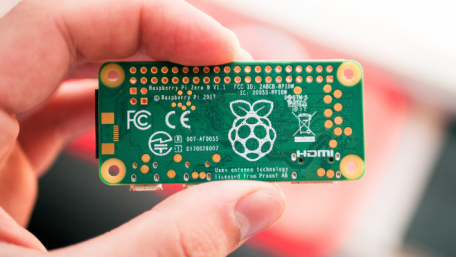
Though not a direct replacement for PLCs, Raspberry Pi has the potential to be used in industrial automation applications…
Though not a direct replacement for PLCs, Raspberry Pi has the potential to be used in industrial automation applications for prototyping, embedded systems, and as a low-cost process controller.
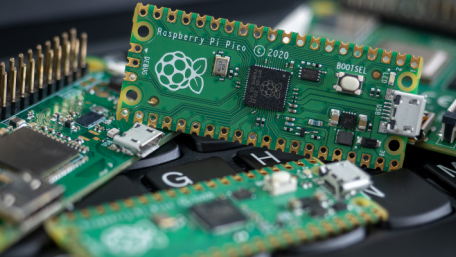
Raspberry Pi is a low-cost, educational single-board computer platform with the potential for industrial applications. In…
Raspberry Pi is a low-cost, educational single-board computer platform with the potential for industrial applications. In this article, we discuss the purpose of Raspberry Pi as well as its hardware and software.
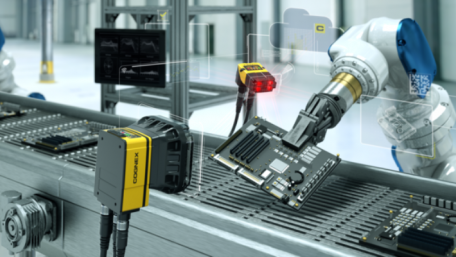
Ambient light, reflection, and transparent objects can all cause difficulties during machine vision applications. Learn…
Ambient light, reflection, and transparent objects can all cause difficulties during machine vision applications. Learn about these issues and some potential solutions to better ensure safety and quality.
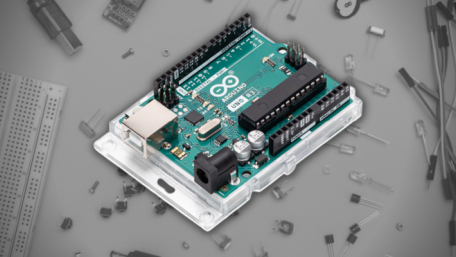
Arduino’s open-source, microcontroller-based platform has revolutionized academic and hobbyist spaces, providing a low…
Arduino’s open-source, microcontroller-based platform has revolutionized academic and hobbyist spaces, providing a low cost, accessible introduction to engineering and programming.
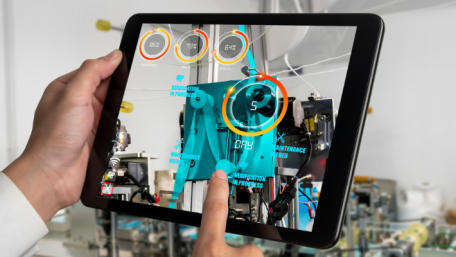
By shaping new concepts and business models, the IIoT is bringing more efficiency and capacity to automated systems. Take…
By shaping new concepts and business models, the IIoT is bringing more efficiency and capacity to automated systems. Take a look at some of the ways the IIoT is revolutionizing the manufacturing and automation sectors.

Sequential Function Chart (SFC) is a graphical programming language among the languages identified by IEC 61131-3…
Sequential Function Chart (SFC) is a graphical programming language among the languages identified by IEC 61131-3 programming languages and standard for PLC programming using ladder logic.
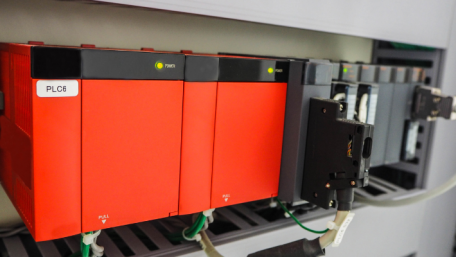
The ability to utilize an array effectively is a fundamental skill in becoming a PLC programmer, but it can also be very…
The ability to utilize an array effectively is a fundamental skill in becoming a PLC programmer, but it can also be very complex and difficult to master. Let’s do a run-down of arrays and some of their complexities!
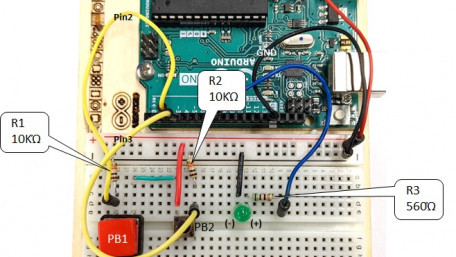
Build a low-cost PLC using the Arduino Uno and the open-source industrial controls software, OpenPLC, to learn how to…
Build a low-cost PLC using the Arduino Uno and the open-source industrial controls software, OpenPLC, to learn how to program with ladder logic, beginning with your first OpenPLC project: Hello World.

As the IIoT continues to grow in the industrial sector, businesses face a number of obstacles to integrating its…
As the IIoT continues to grow in the industrial sector, businesses face a number of obstacles to integrating its solutions. Learn about these challenges as well as some potential solutions.
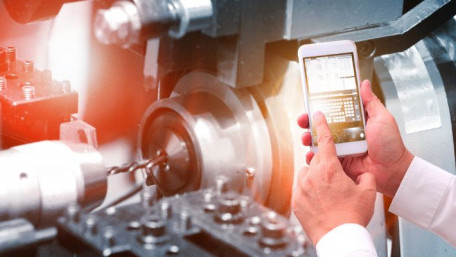
Remote locations are notoriously difficult to supply power, yet they are the exact locations where many data points must…
Remote locations are notoriously difficult to supply power, yet they are the exact locations where many data points must be collected. How can IoT devices be designed to conserve power to last for months or even years?
